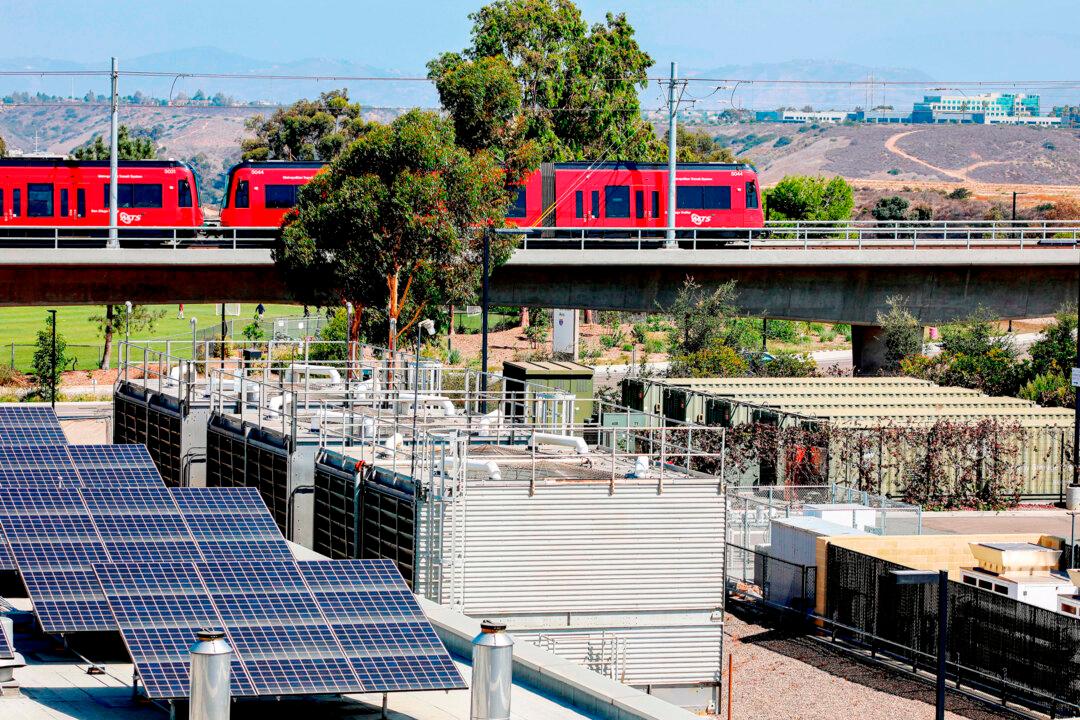A record 57,000 battery energy storage systems were installed in Australian homes in 2023, according to new data.
Storage market analyst SunWiz revealed a 21 percent surge in battery system installations compared to 2022.

A record 57,000 battery energy storage systems were installed in Australian homes in 2023, according to new data.
Storage market analyst SunWiz revealed a 21 percent surge in battery system installations compared to 2022.